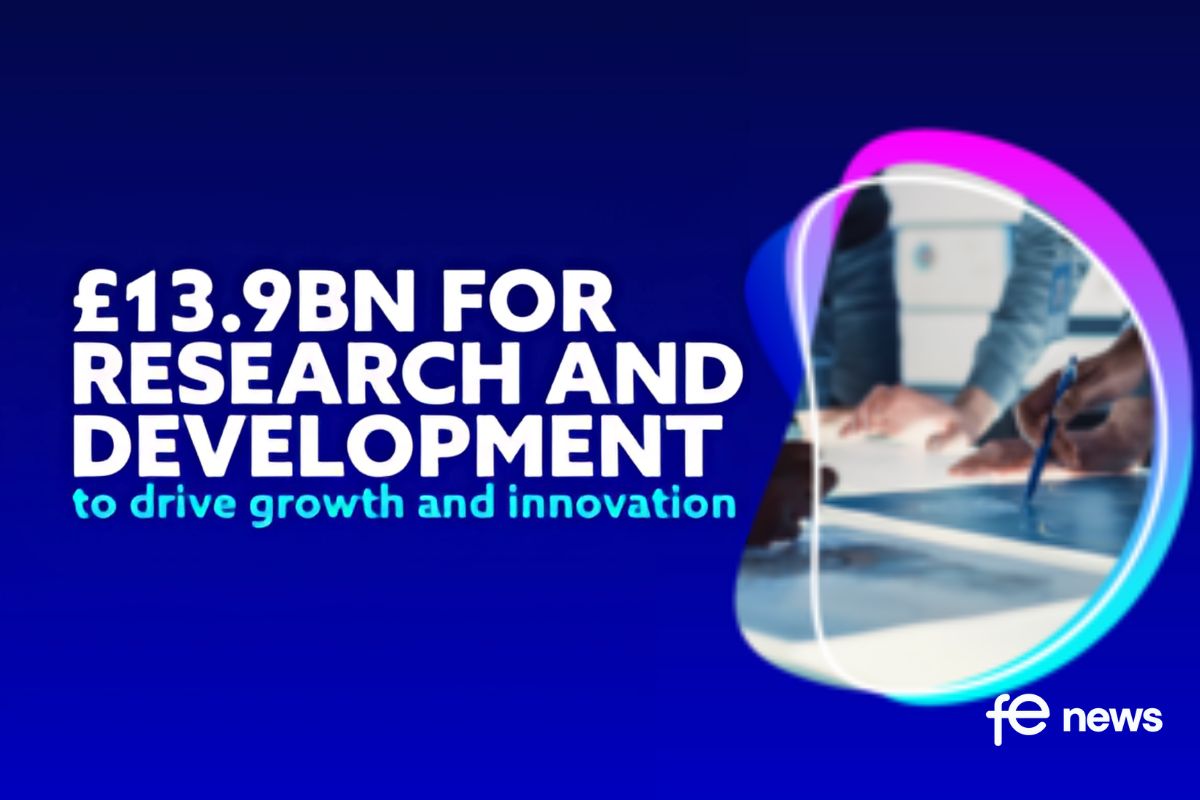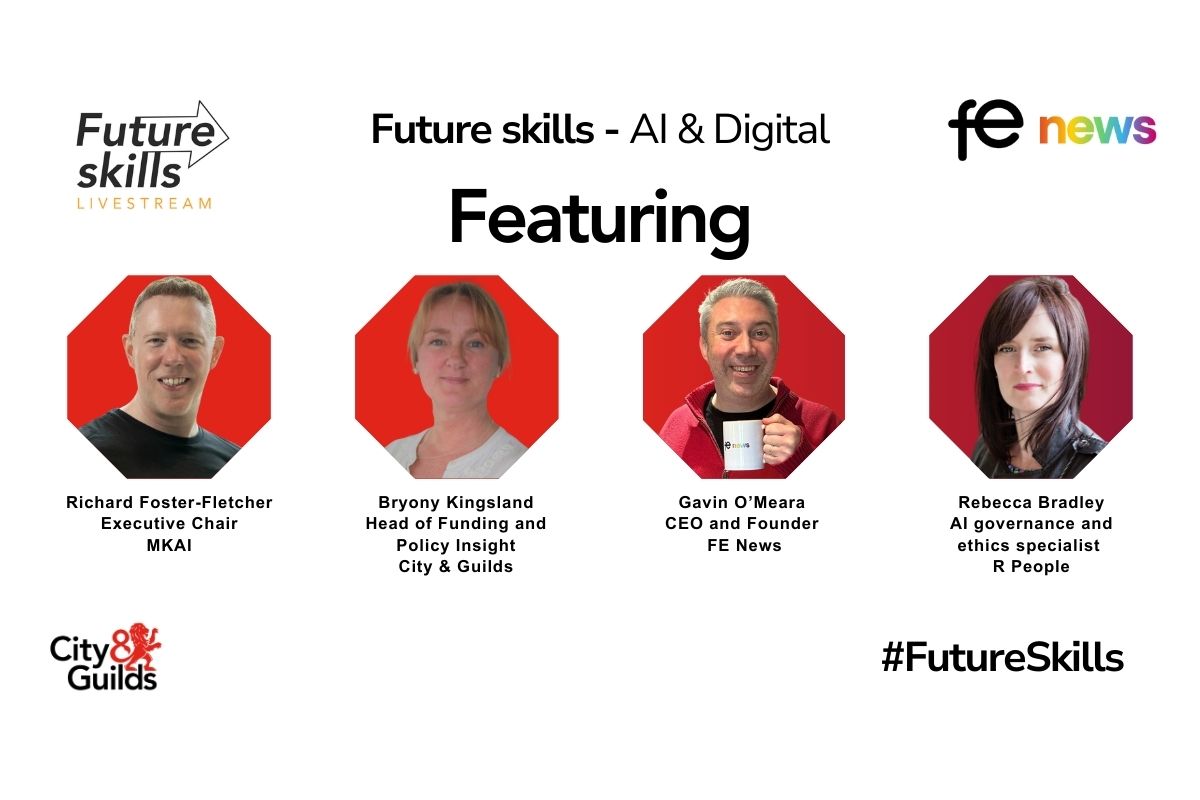Escaping the Digital Maze: APIs Lead the Way in Education

In the past decade, higher education institutions have invested heavily in modern information systems to provide new and innovative digital experiences for their students, lecturers, administrators, and other stakeholders.
But as the number of technologies deployed increases, IT teams are working tirelessly to integrate and manage the growing number of systems and applications, whether legacy or modern, on premise or on the cloud.
To add to this complexity, many colleges and universities have expanded their footprint both geographically and digitally, providing distance learning and online courses either through digital platforms and/or affiliates and representation offices.
All this has left many institutions with a maze of direct or point-to-point integrations, hindering efficiency and effectiveness – essential components of quality education.
An API approach to end-to-end integration
Bringing together the various systems colleges and universities use to manage their programmes, staff, facilities, and payment processes into one comprehensive, integrated system will not only save time and money, but it will also greatly improve users’ experience.
APIs (application programming interfaces) provide a way to connect computer software components. They enable IT teams to open their backend data and functionality from inside various departmental silos and legacy systems, for reuse in defining innovative experiences and developing new application services.
With an API architecture approach to integration, IT teams will eliminate many existing and future bottlenecks and will become more efficient by removing technical debt and enabling IT departments outside central IT to self-serve.
For colleges and universities, implementing API-led integration means:
- Improved ROI from seamlessly connecting new applications, like Blackboard and Workday, to the institution’s existing systems, creating at the same time a unified experience for the users – faculty and students.
- 360° visibility of each student across academic, health, housing and accounting systems, by securely exposing that information via APIs.
- Effective student lifecycle management by easily designing an event-based flow of information across the entire student lifecycle, from application submission through to alumni membership
- Apply one username and password access across a range of systems and applications. Integration with the single sign-on allows members to use their college or university credentials to log into the user end of different applications, providing a more secure process and eliminating the need to create additional login credentials.
Final lesson
API-led integration platforms can help higher education institutions streamline operations, provide a better educational experience, and improve fund raising and enrolment.
At the same time, they can significantly lower the cost and effort spent in manually entering information, repeating tasks, and compiling data. In the higher education sector where quality and experience are valued as top selection criteria, the efficiencies gained from moving to a fully integrated environment will have direct impact in improving all the important metrics.
Ruchi Nandita, Consultant at WHISHWORKS
About WHISHWORKS: A global IT services and consulting company, specialising in systems integration and Big Data analytics since 2008. The company works with an ecosystem of systems integration and Big Data partners, including MuleSoft, Hortonworks, Map and Cloudera, to develop leading solutions that enable digital transformation. Over the years WHISHWORKS has helped hundreds of businesses access, control and monetise their data becoming the partner of choice for data-driven organisations.











Responses